Space news stories

Nature’s firework display is lighting up the night skies, here’s how you can maximise your chances of spotting an Orionid.
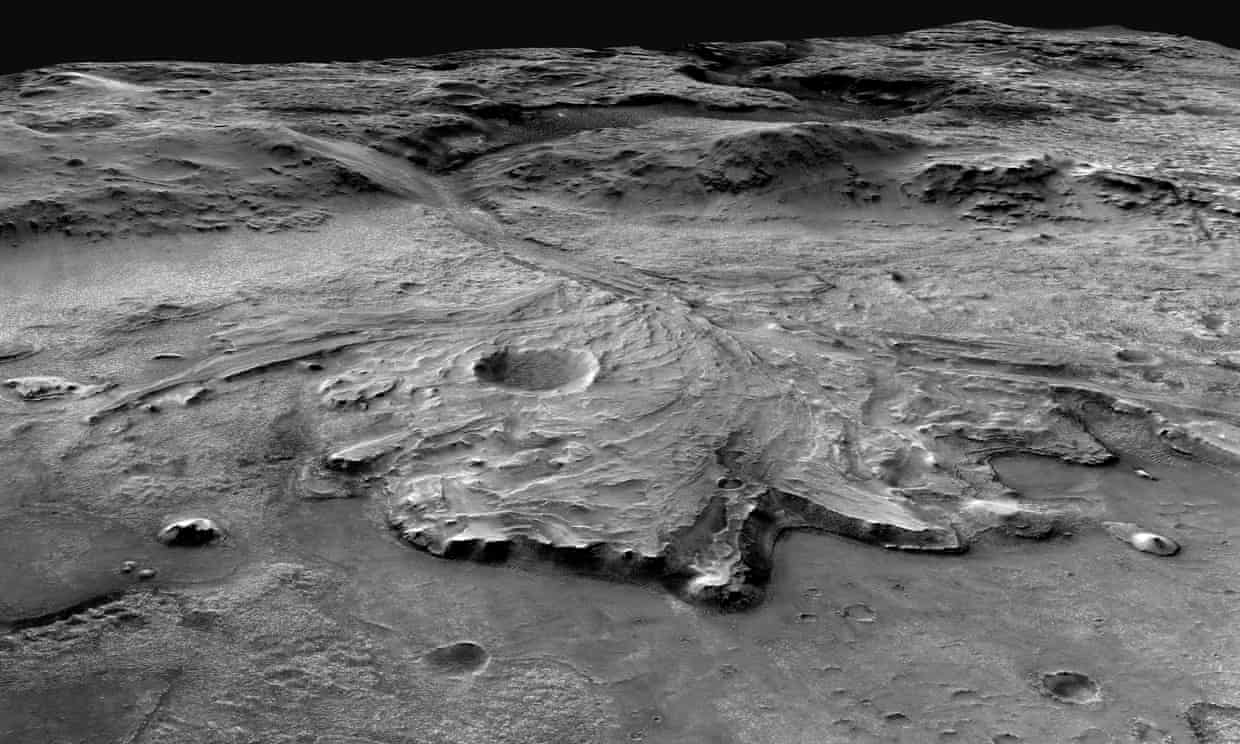
If the hydrogen-gobbling, methane-producing microorganisms existed, they would have caused their own demise.
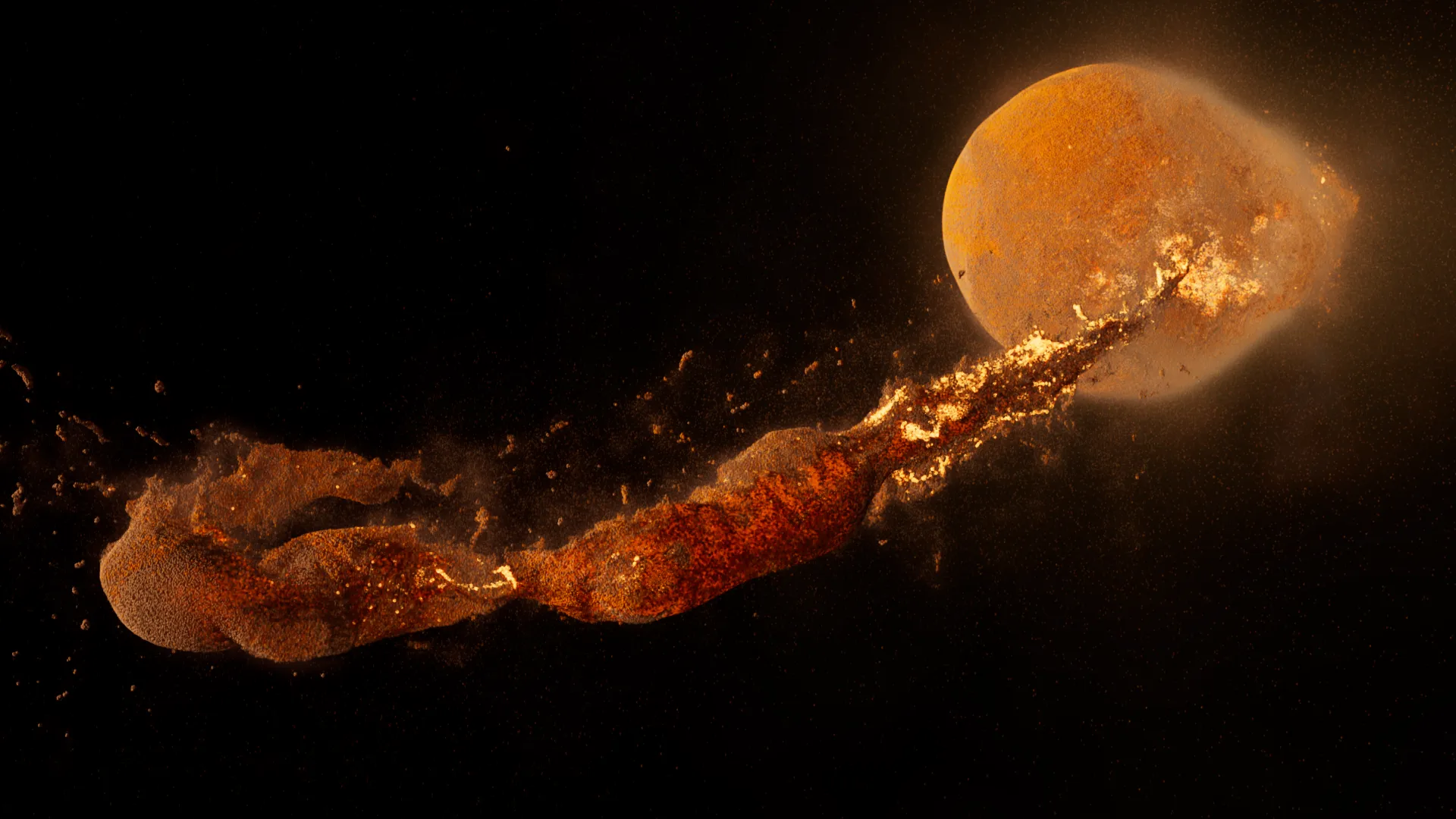
The moon could have formed immediately after a cataclysmic impact that tore off a chunk of Earth and hurled it into space, a new study has suggested.

A team of researchers from Université Clermont Auvergne, working with a colleague from Universität Bayreuth, has found evidence that suggests the Earth’s composition changed over time during its early years via collisional erosion.
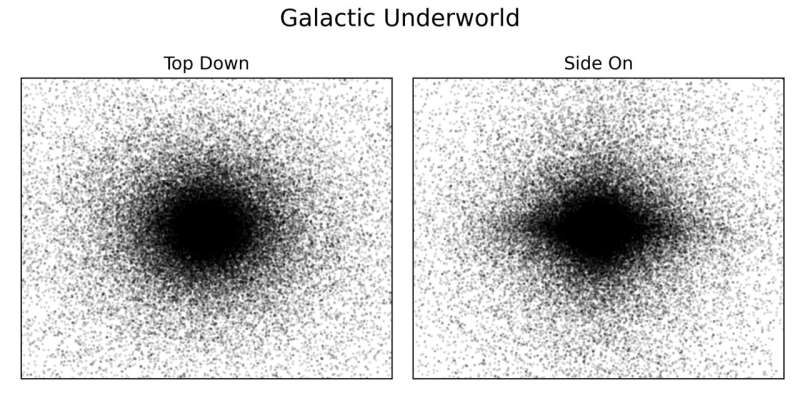
The first map of the “galactic underworld”—a chart of the corpses of once massive suns that have since collapsed into black holes and neutron stars—has revealed a graveyard that stretches three times the height of the Milky Way, and that almost a third of the objects have been flung out from the galaxy altogether.
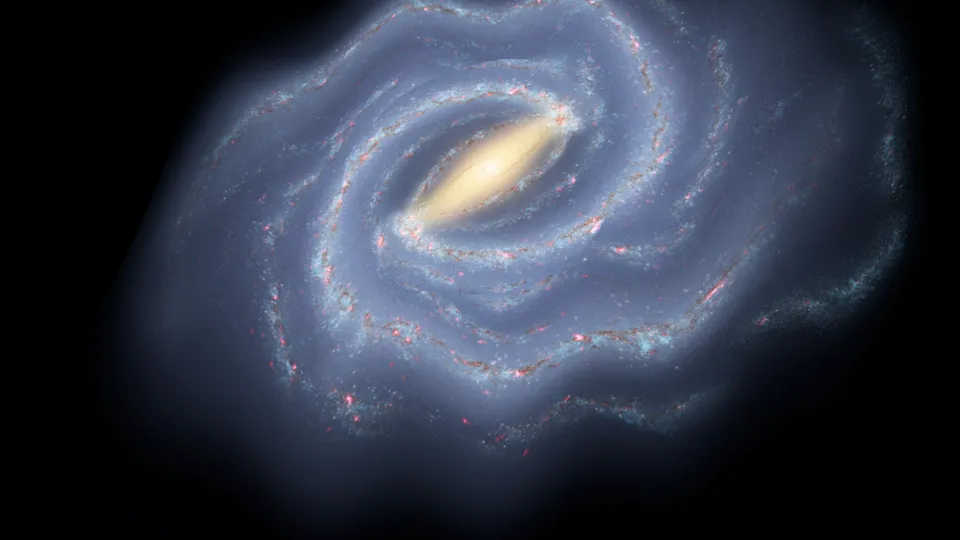
Imagine the Milky Way’s 100 billion stars as a flat, tranquil pool of water. Now, picture someone dropping a stone the size of 400 million suns into that water. The tranquility is shattered. Wave after wave of energy ripples across the galaxy’s surface, jostling and bouncing its stars in a chaotic dance that takes eons to calm.
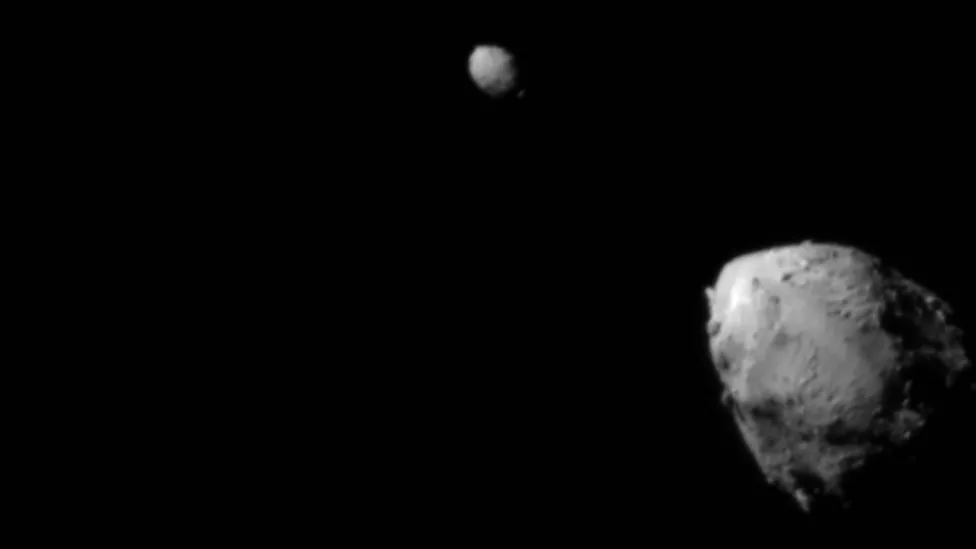
The American space agency’s Dart probe has smashed into an asteroid, destroying itself in the process. The collision was intentional and designed to test whether space rocks that might threaten Earth could be nudged safely out of the way.

The findings are in the latest research to be published from analysis of 5.4 grammes of stones and dust that the Hayabusa-2 probe gathered from the asteroid Ryugu.
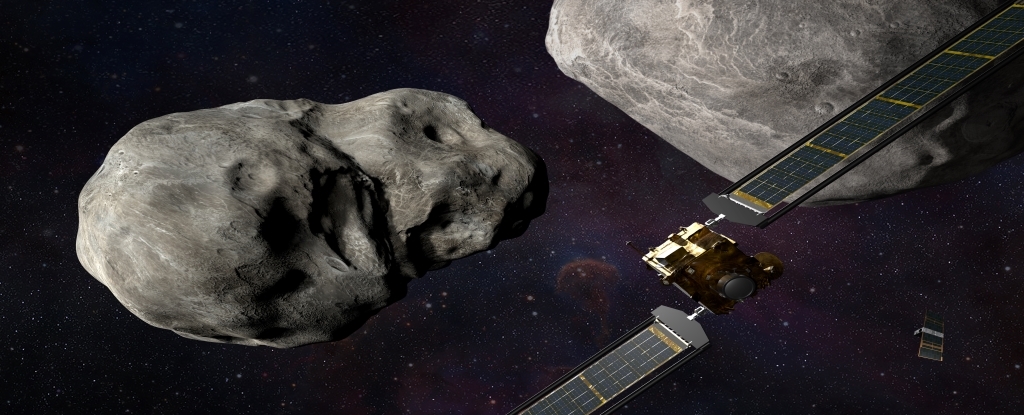
On September 26 at 11.15 pm UTC, NASA’s DART mission (Double Asteroid Redirection Test) will be the first to deliberately and measurably change the motion of a significant body in our Solar System.
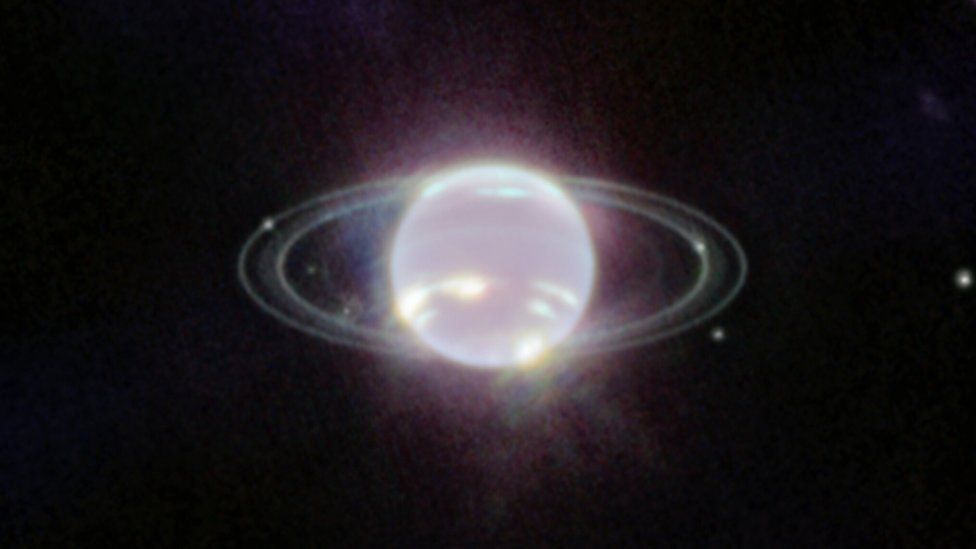
The recently launched super space telescope James Webb has returned spectacular new imagery of Neptune.
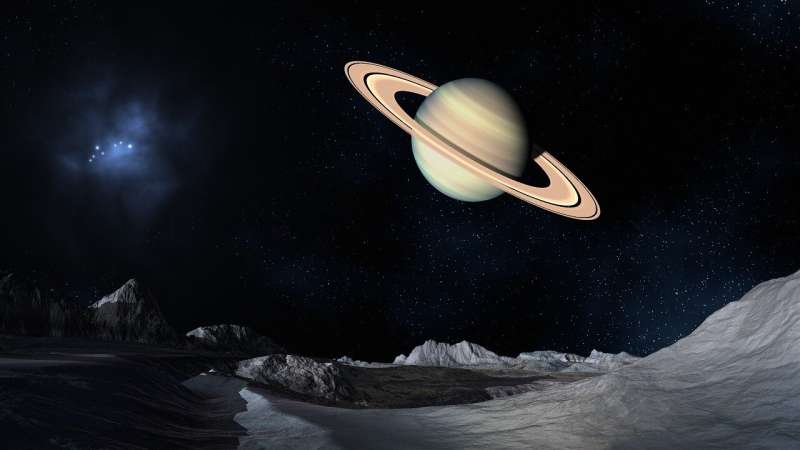
Swirling around the planet’s equator, the rings of Saturn are a dead giveaway that the planet is spinning at a tilt.
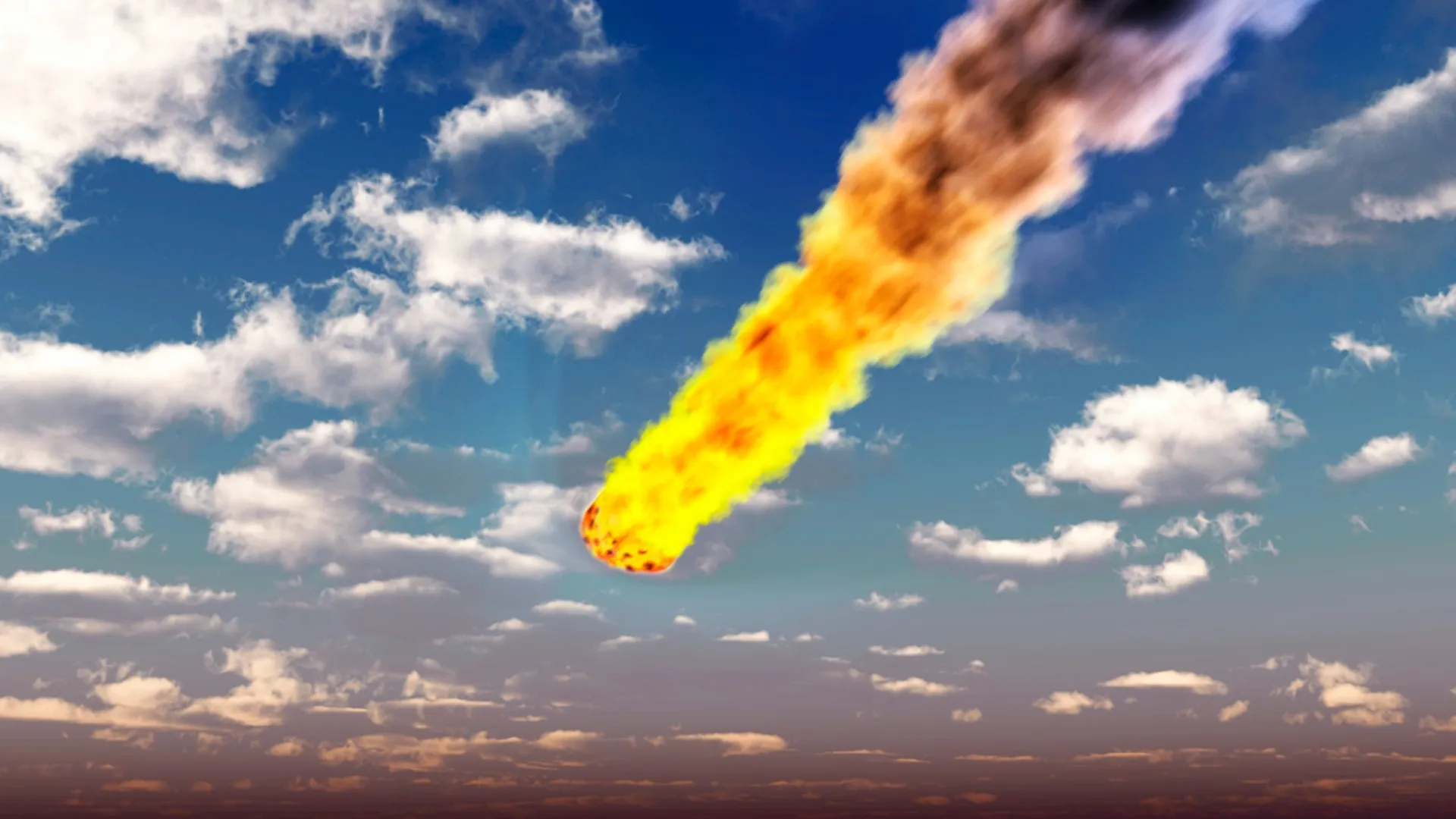
Every year, millions of rocky shards from outer space burn up in Earth’s atmosphere, many briefly flaring and appearing in the sky as “shooting stars.” But how many survive their high-speed plunges to strike the ground?
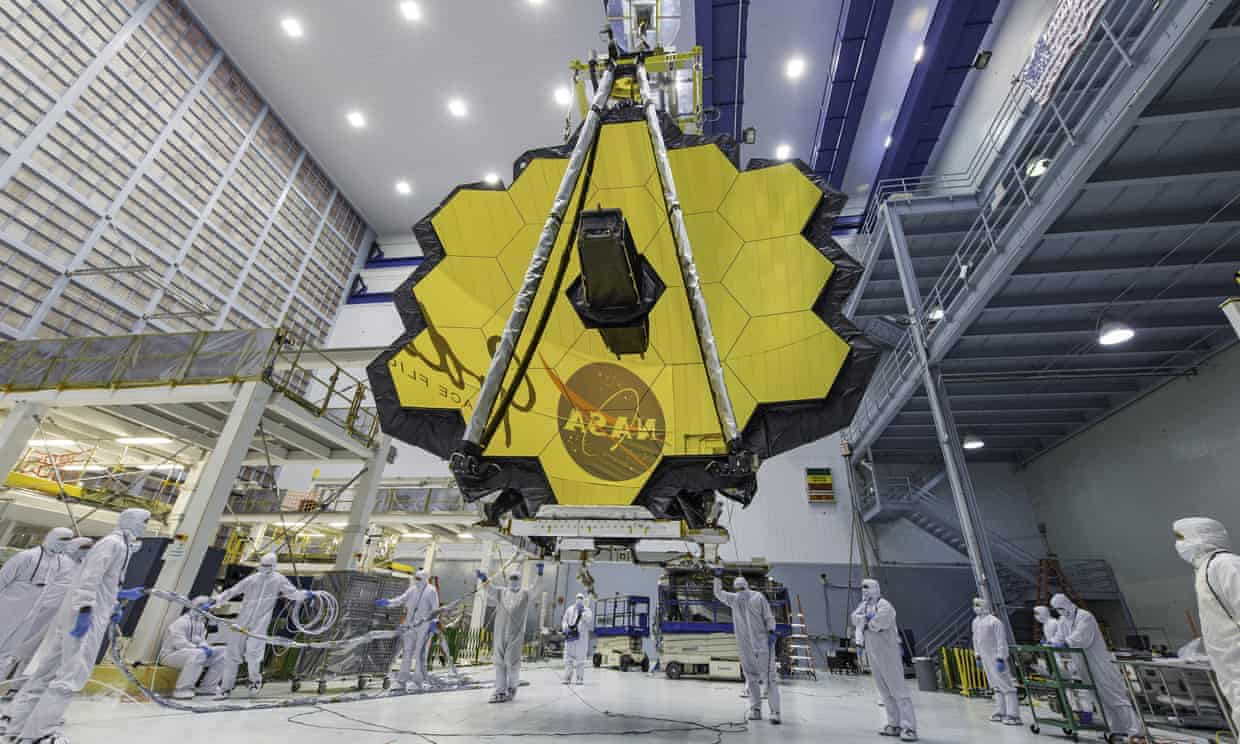
The world’s most powerful telescope has made its first observations of a planet beyond our solar system, heralding a new era of astronomy in which distant worlds can be scanned for signs of life.
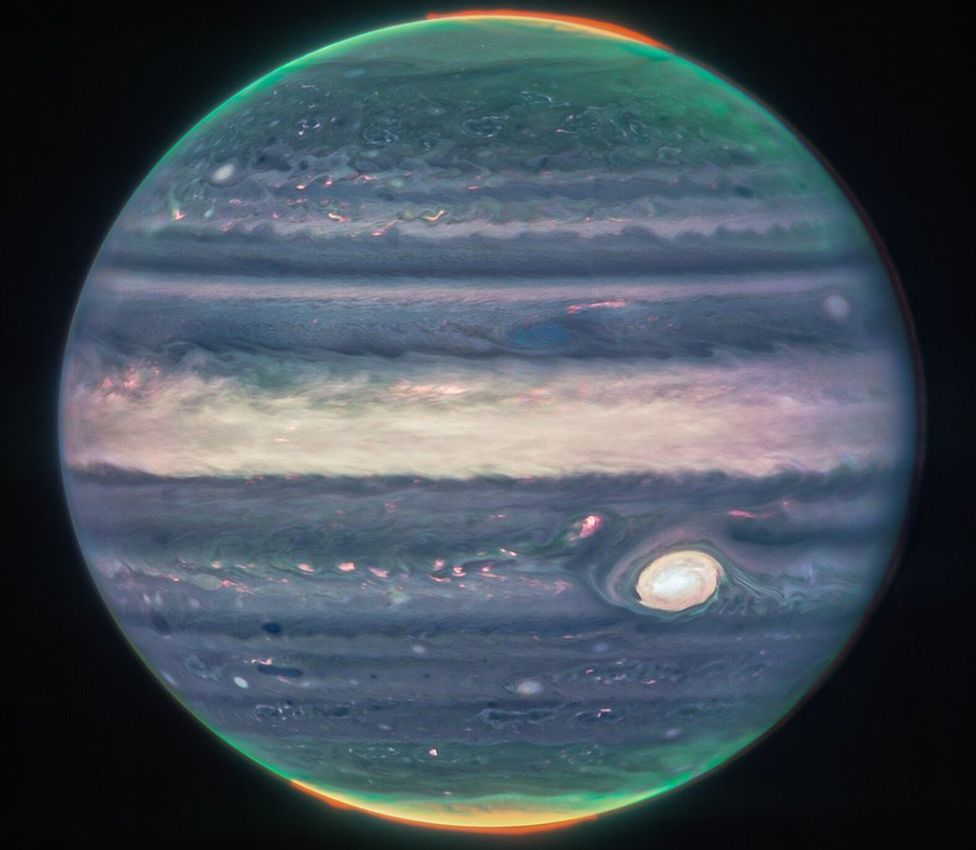
The world’s largest and most powerful space telescope has revealed unprecedented views of Jupiter.
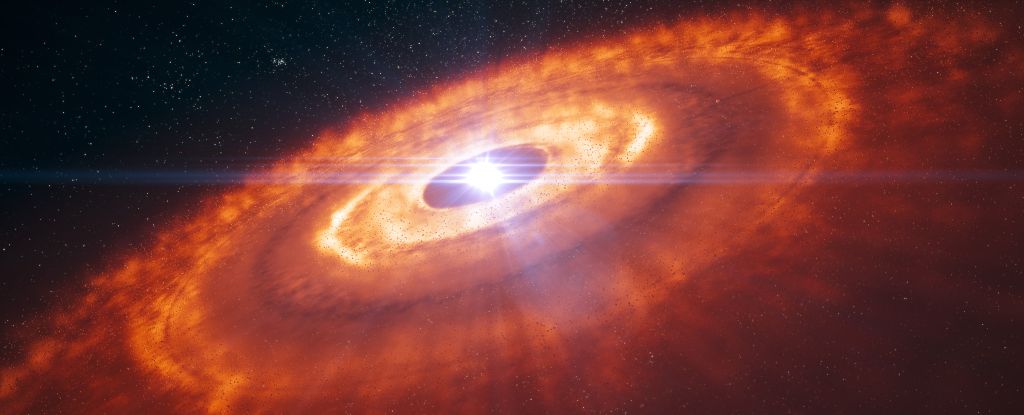
Tiny fragments of rock brought back from an asteroid in near-Earth solar orbit are so old, they predate the Solar System.
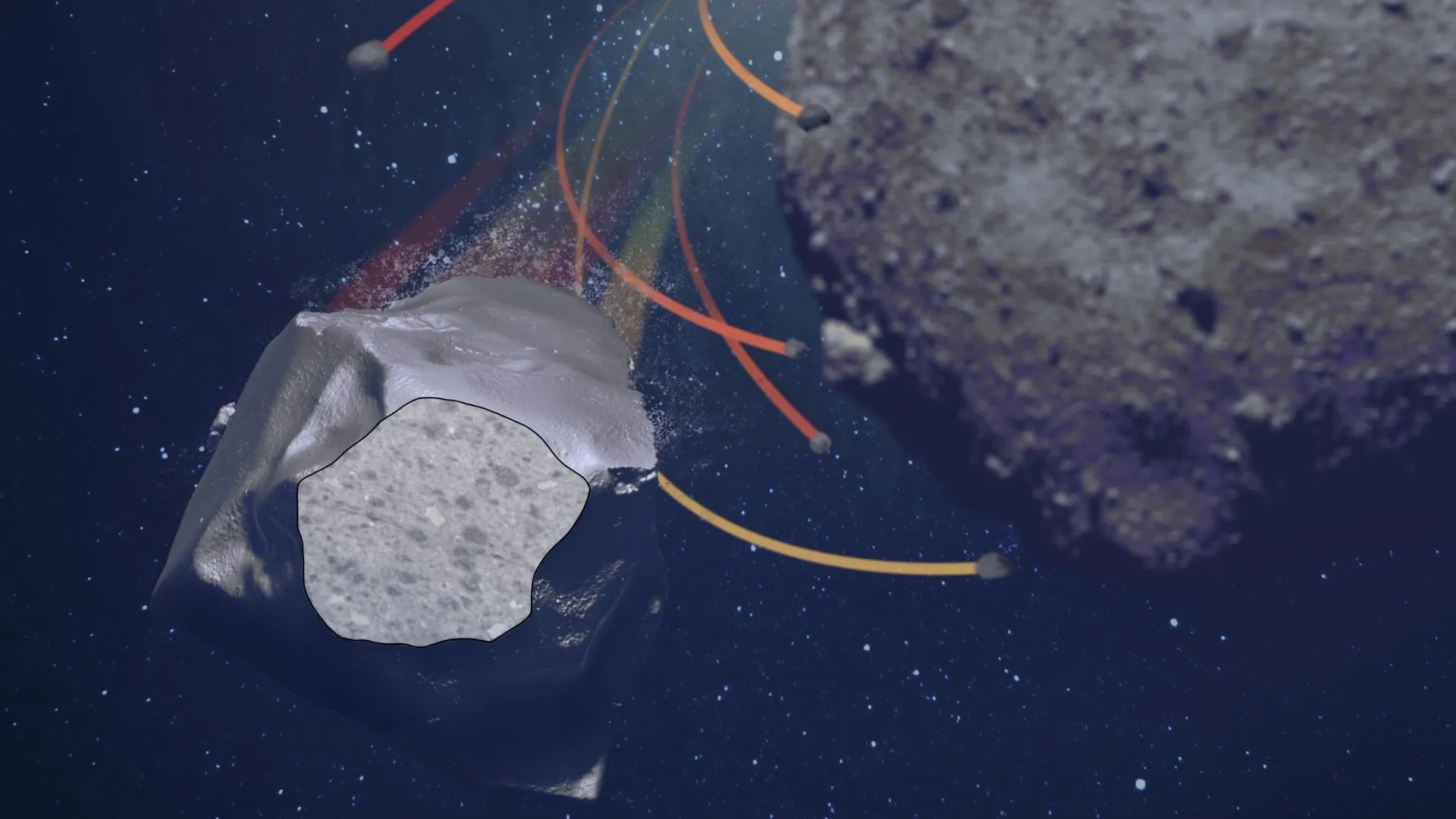
A new study of a meteorite that landed on Earth reveals how this asteroid activity occurs. Small collisions can dislodge the pebbles, which shoot off the asteroid but fall back, drawn in by the space rock’s gravitational pull.








